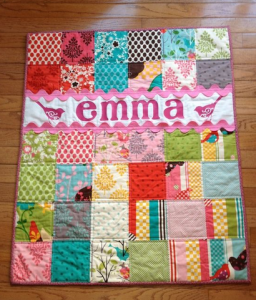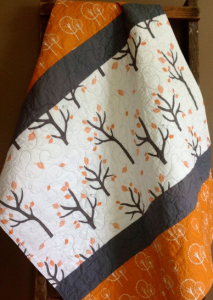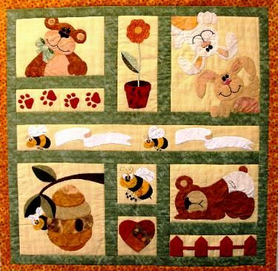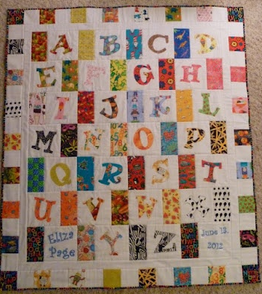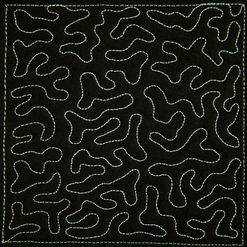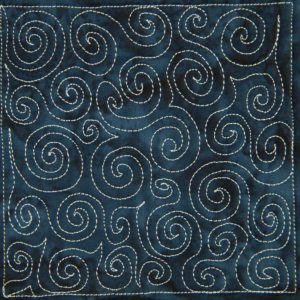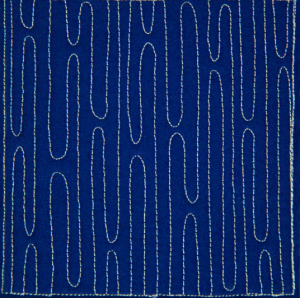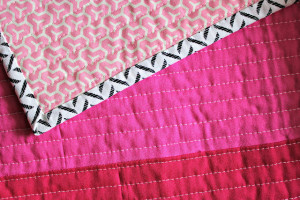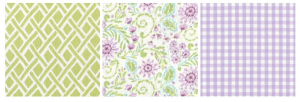Got a family member or friend expecting a little baby girl or boy soon? What better gift to give them than a special baby quilt made by you. Making a special one-of-a-kind baby quilt for that special baby is so much more meaningful than purchasing one from the store. Here are some tips on how to make a baby quilt more personal and unique for the baby on the way.
Tip # 1: Add the baby’s name
If you already know what the baby’s name is going to be you can add it to the design of the quilt, making it even more personal. Having a baby’s name forever printed on the baby’s first blanket gives it a nostalgic feeling that will be carried on in the future.
Tip #2: Gender Neutral Shades
Neutral shades are always a safe go-to when making a baby quilt for a friend or family member, especially if you don’t know the sex of the baby yet. For instance the colors yellow, light brown, orange, white, teal green and gray are perfect. Here are just a few examples of how other quilters have made a neutral themed baby quilt fit for any baby. Notice that the yellow quilt has initials on it in the corner adding more character to it.

Michael Miller Fabrics’ Citron-Gray Nursery: Patchwork Baby Quilt with Monogram
Tip # 3: Incorporate the season of the baby’s birthday
Another way to make a baby quilt more unique is to add in some themes of the season that the baby is born. For instance, if the baby is born in the spring try adding some floral designs to the pattern or even on the border of the quilt. There are also many different fabrics that will contain flowers, animals, trees or snowflakes which you can incorporated into the baby quilt as well.
Tip # 4 : Interactive and playful
Why not make a baby quilt that the baby can also use to play with as he or she grows up. For example, making a baby quilt that has the alphabetical letters in it can help the child learn his or her letters. Or another playful quilt is one that appears as a road that the baby can use later to play with toy cars or trains.
Share with us on our mobile app your favorite baby quilts that you have made or are currently working on! What’s your favorite style or theme? By commenting and posting on Quilter’s Thread mobile app you can earn points to potentially receive a gift card for the shops posted on the app.
Live well. Quilt well.
